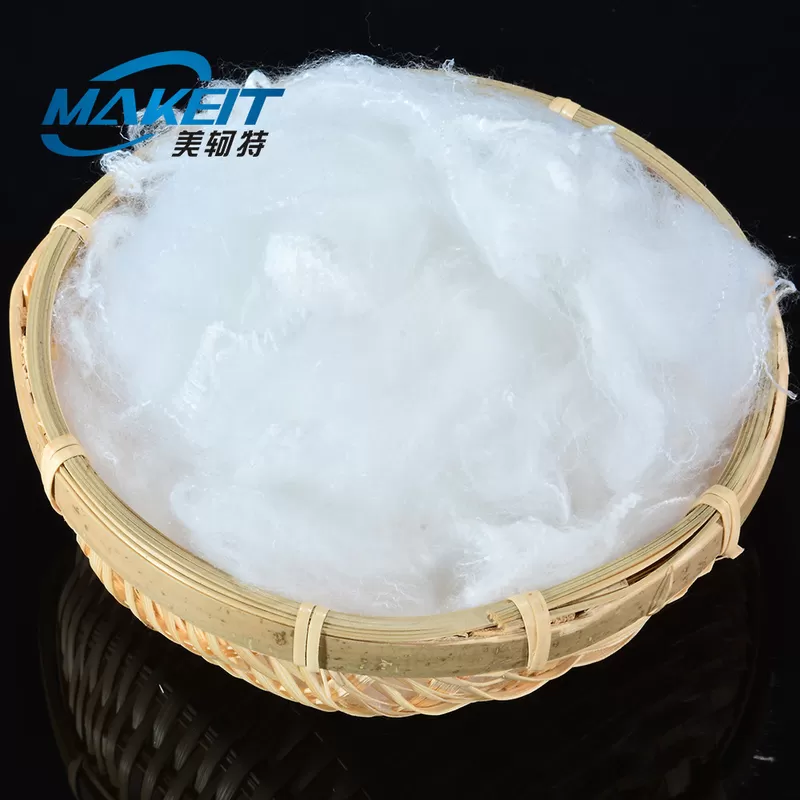In the world of textile production, the art of spinning fibers into yarn is a fundamental process that has evolved over centuries. Among the tools that facilitate this transformation, spindles and spinning wheels stand out as two of the most significant. While both serve the primary purpose of converting raw fibers into usable thread, they operate on different principles and have distinct historical contexts. This article delves into the nuanced differences between spindles and spinning wheels, exploring their mechanics, historical significance, and practical applications.
The Mechanics of Spinning: Spindles vs. Spinning Wheels
Spindles: The Simplicity of Design
A spindle is a simple, hand-operated tool that has been used for thousands of years. Typically consisting of a shaft with a weighted end, spindles can be classified into two main types: top whorl and bottom whorl. The weight at one end helps to maintain momentum as the spinner twists the fiber into yarn.
How It Works:
- Fiber Preparation: The spinner prepares the fiber, often by carding or combing, to ensure it is aligned and ready for spinning.
- Twisting Process: The spinner attaches the fiber to the spindle and begins to twist it, using a flicking motion of the wrist to spin the spindle. The weight of the spindle allows it to continue spinning, which helps to draw out the fiber and twist it into yarn.
- Winding: As the yarn is formed, it is wound onto the spindle, allowing for continuous spinning without interruption.
Spindles are portable and require minimal setup, making them ideal for spinners who value mobility and simplicity. They are often favored in traditional and artisanal spinning practices, where the tactile connection to the fiber is paramount.
Spinning Wheels: The Evolution of Efficiency
In contrast, the spinning wheel represents a more complex and mechanized approach to yarn production. Invented in the Middle Ages, spinning wheels revolutionized the textile industry by significantly increasing the efficiency of spinning.
How It Works:
- Wheel Mechanism: The spinning wheel consists of a large wheel connected to a spindle. As the wheel turns, it creates a continuous motion that draws the fiber through the orifice and twists it into yarn.
- Foot-Powered Operation: Most spinning wheels are foot-powered, allowing the spinner to maintain a steady rhythm while using their hands to manage the fiber. This dual-action mechanism enables faster production compared to hand-spinning with a spindle.
- Tension and Control: Spinning wheels often come equipped with adjustable tension mechanisms, allowing spinners to control the thickness and twist of the yarn more precisely.
The spinning wheel's design allows for greater output and consistency, making it a preferred choice for commercial textile production. Its introduction marked a significant shift in the industry, paving the way for the mass production of yarn and textiles.
Historical Context: From Ancient to Modern
The use of spindles dates back to ancient civilizations, where they were essential for creating textiles from natural fibers. Evidence of spindle use has been found in archaeological sites across the globe, indicating their importance in early human societies.
In contrast, the spinning wheel emerged in Europe during the late Middle Ages, coinciding with the rise of the textile industry. Its introduction not only increased production efficiency but also contributed to the economic growth of regions reliant on textile manufacturing. The spinning wheel became a symbol of domestic industry, often associated with women’s work in the home.
Practical Applications: Choosing the Right Tool
When deciding between a spindle and a spinning wheel, several factors should be considered:
- Skill Level: Beginners may find spindles easier to master due to their simplicity, while more experienced spinners might prefer the efficiency of a spinning wheel.
- Portability: For those who enjoy spinning on the go, spindles offer unmatched portability, allowing spinners to work in various settings.
- Production Needs: If the goal is to produce large quantities of yarn quickly, a spinning wheel is the more practical choice. Conversely, for small-scale or artisanal projects, a spindle may suffice.
Conclusion: The Art of Spinning
Understanding the differences between spindles and spinning wheels is essential for anyone interested in the art of spinning. Each tool has its unique advantages and historical significance, catering to different needs and preferences within the textile community. Whether you choose the simplicity of a spindle or the efficiency of a spinning wheel, both tools offer a rich connection to the age-old craft of spinning, allowing you to create beautiful yarns from raw fibers.

Average Rating